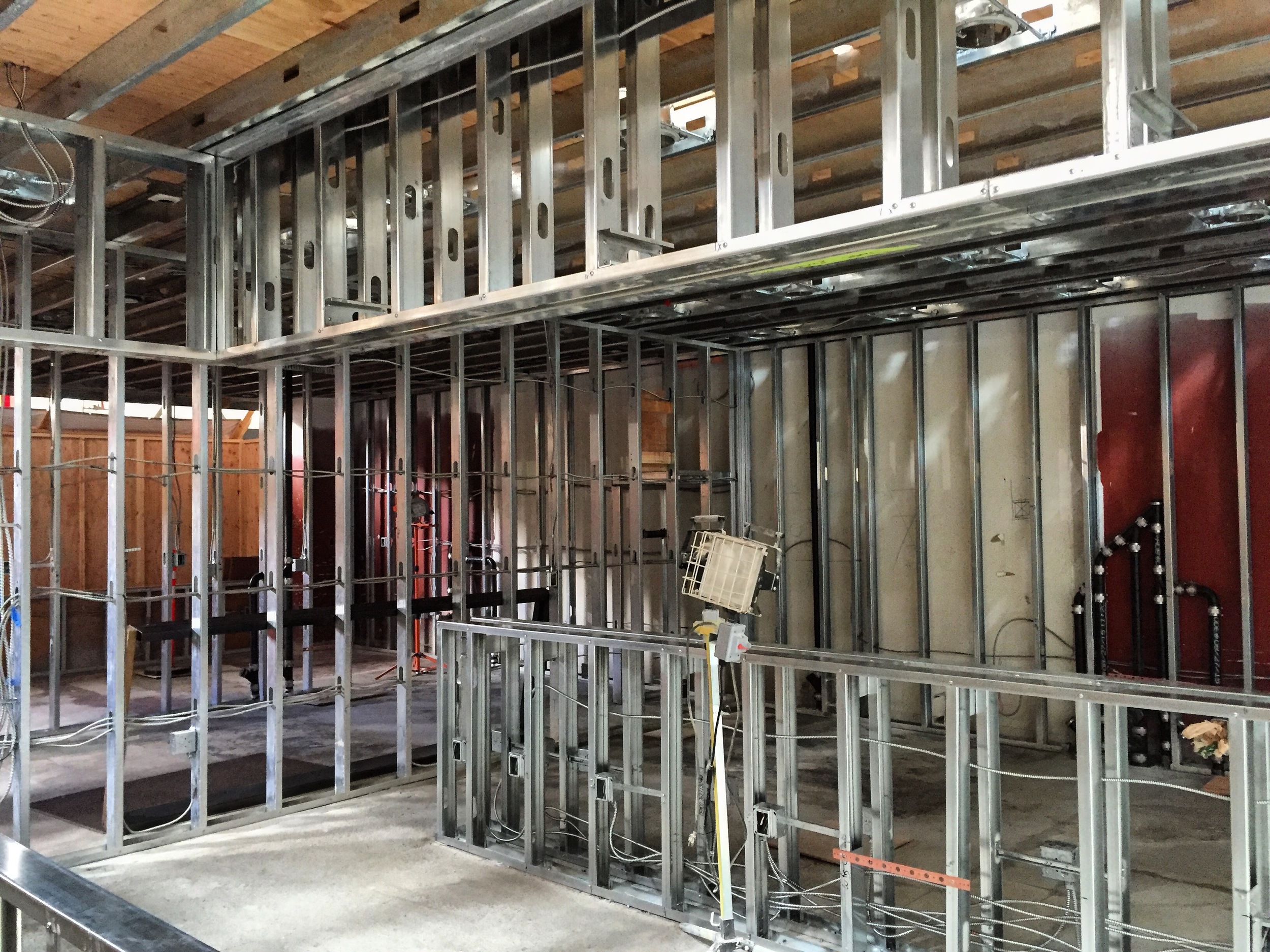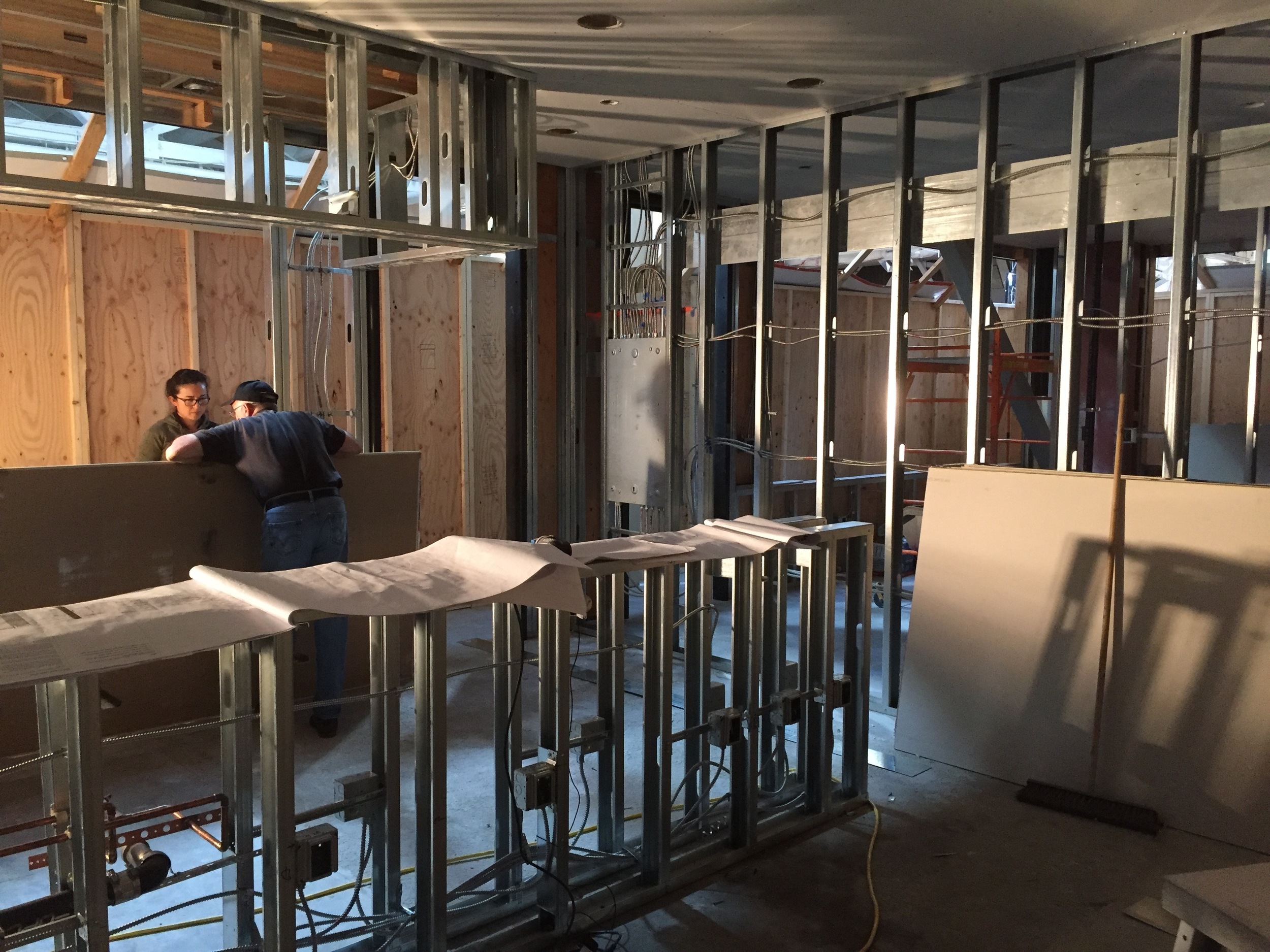Ramen Chemistry, have you been on vacation? You don’t call (not that you ever really did), and you certainly don’t write. The Internet says it needs more real-time chronicling of restaurant startup minutiae! Come back!
Well, when things get crazy, the blog is the first thing to go. So you can tell the Internet that Ramen Chemistry has a mortgage and he needs to put food on the table, not to mention that he has to subsidize birthday parties at Children’s Fairyland and trips to Train Town. In other words, Ramen Chemistry has a day job that provides necessary things like “money.” The old day job is busier than at any point in the past two years. Cases are coming out of the woodwork. Rather inconvenient, to say the least.
And then there's that other thing going on. Shiba Ramen is opening soon! Like really shockingly soon, especially given the amount of buildup. So Ramen Chemistry is busy performing tasks all and sundry, converting that day job money into an untold array of goods and services. Contributing to the economy! And after all that making and spending of money (how’s that balance sheet, anyway?) there still has to be time to hit Train Town, ride the rides, feed the llamas, etc.
As people are fond of saying in our American Cult[ure] of Work, Ramen Chemistry is underwater. Deep, deep underwater. But here on the NX1 bus from SF to Oakland, I’m finding a few minutes to bubble a Shiba Ramen update to the surface. . .
Progress. It Creeps Up On You.
Things are happening, people. After that long slow march toward a set of construction plans and the selection of a contractor, Shiba Ramen is really on the verge of being a real functioning thing. A week ago, the space was still ringed with metal studs. A few days later, it had walls and a ceiling. Now equipment is starting to arrive for installation and finishes are just about to go in. Tomorrow Hiroko will spend the day supervising the tile subcontractor while they install our awesome Japanese tiles.
What all of this means is that we’re going to have a functioning ramen restaurant in the very near future. Subject, of course, to avoiding unexpected troubles—particularly with respect to the parade of bureaucrats who will have to anoint us with their blessings before we can be up and running. When it comes to bureaucrats, it’s natural—and necessary—to assume the worst. But realistically, this thing isn't far off.
What We're Doing Now
Our involvement with construction has been fairly minimal—I have a weekly meeting with the GC on site, and I field questions when issues arise (example: health department is mandating a seemingly way-too-powerful hot water heater that does not fit in the space we’ve allocated). We’re spending our time running down a somewhat terrifying list of startup tasks. Here's a bit of what's going on.
The top priority is to hire an entire staff to operate this place 10 hours a day, 7 days a week. Read: post jobs, screen/interview/make offers to applicants, onboard them, train them, and do everything in compliance with California employment law. Among the million different things we've had to do to organize this business, this is the most foreign and the most terrifying. Incidentally, last week I was musing about the surprising lack of cook applicants. The same day, the New York Times put out a piece about the national shortage of cooks. Fabulous. Really.
And then we're ordering everything, meeting with accountants, getting QuickBooks and our point of sale system up and running, launching the website, designing and ordering t-shirts, finalizing the menu. The list goes on.
Is anybody ready to eat some ramen yet?




















